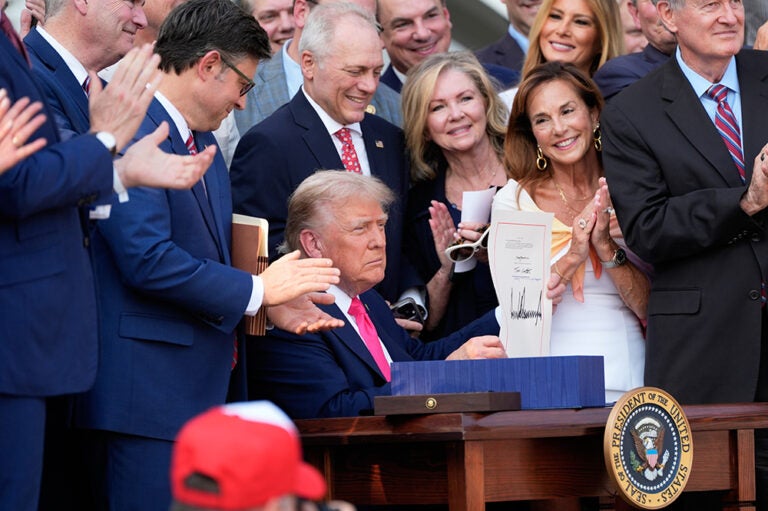The day-to-day operations of most federal agencies are funded on an annual basis by appropriations. When those appropriation bills are not enacted by the start of the fiscal year on October 1, Congress uses a continuing resolution, or “CR,” as a temporary measure to fund government activities for a limited time. Continuing resolutions are temporary “stopgaps,” often employed to avoid a government shutdown and to give lawmakers more time to enact appropriations for the full year. However, programs deemed essential services, such as those related to public safety, often continue to operate even without a CR.
What Is the Current Funding Situation for Fiscal Year 2026?
Fiscal year (FY) 2026 began on October 1, 2025 and none of the 12 appropriation bills for the year had been enacted at that time. Because lawmakers could not enact timely appropriations for FY 2026, the government shut down for the longest period of time in history — 43 days. That government shutdown ended because a CR was enacted on November 12, 2025 to provide temporary funding for federal agency operations through January 30, 2026 at FY 2025 funding levels. The CR also included three full-year FY 2026 appropriations acts: Agriculture, Legislative Branch, and Military Construction-VA. By January 30, lawmakers will need to agree on funding levels for federal agencies covered by the remaining nine appropriation bills to avoid another government shutdown.
Why Are Continuing Resolutions an Important Part of the Budget Process?
While temporary funding measures can avert shutdowns, they also reflect the failure of lawmakers to reach an agreement on some or all appropriation bills for a full fiscal year. Funding agencies through full appropriations is generally preferable to a CR because such legislation allows policymakers to reprioritize agency funding and operations, where the formulaic rigidity of a CR does not. Funding the government for a full year is also preferable to using a CR because it allows government agencies to appropriately plan and match their resources with their responsibilities. Predictability benefits the economy by providing certainty about government activities.
The majority of federal spending is governed by permanent law and generally not constrained by the appropriation process. However, over the past 10 years, appropriations have accounted for about one-third of total spending, on average, and support programs that touch nearly every aspect of our daily lives as well as various facets of the economy — including national defense, operating national parks, law and immigration enforcement, healthcare research, and a host of other activities. All of those activities are funded through the 12 regular appropriation bills that are supposed to be enacted into law each year by the Congress and President. Under regular budget order, lawmakers would enact all of those full-year appropriation bills before October 1.
How Often Are Continuing Resolutions Used?
Missing the October 1 deadline to enact all 12 appropriation bills is not unusual; in fact, that deadline has not been fully met since fiscal year 1997. Instead, lawmakers have come to rely heavily on CRs — temporary, imperfect solutions that avoid the difficult but necessary work of allocating funding. Lawmakers often enact multiple CRs in a single fiscal year before deciding on full-year funding levels. For fiscal years 1998 through 2026, 139 CRs have been enacted.
Without annual funding provided through the appropriation process, a government shutdown could occur, which are disruptive, costly to taxpayers, and harm the economy. Such effects include the disruption of government services and programs, the creation of uncertainty about future fiscal policy, and the imposition of unnecessary costs on the economy.
Lawmakers’ dependence on CRs to fund the government on a short-term basis undermines the budget process and introduces uncertainty to government agencies. By enacting full-year funding bills on time, lawmakers can focus their attention on other important legislative duties, and government agencies can operate more efficiently.
Image credit: Getty Images/iStockphoto
Further Reading
How Did the One Big Beautiful Bill Act Affect Federal Spending?
Overall, the OBBBA adds significantly to the nation’s debt, but the act contains net spending cuts that lessen that impact.
What Is the Disaster Relief Fund?
Natural disasters are becoming increasingly frequent, endangering lives and extracting a significant fiscal and economic cost.
How Much Does the Government Spend on International Affairs?
Federal spending for international affairs, which supports American diplomacy and development aid, is a small portion of the U.S. budget.


